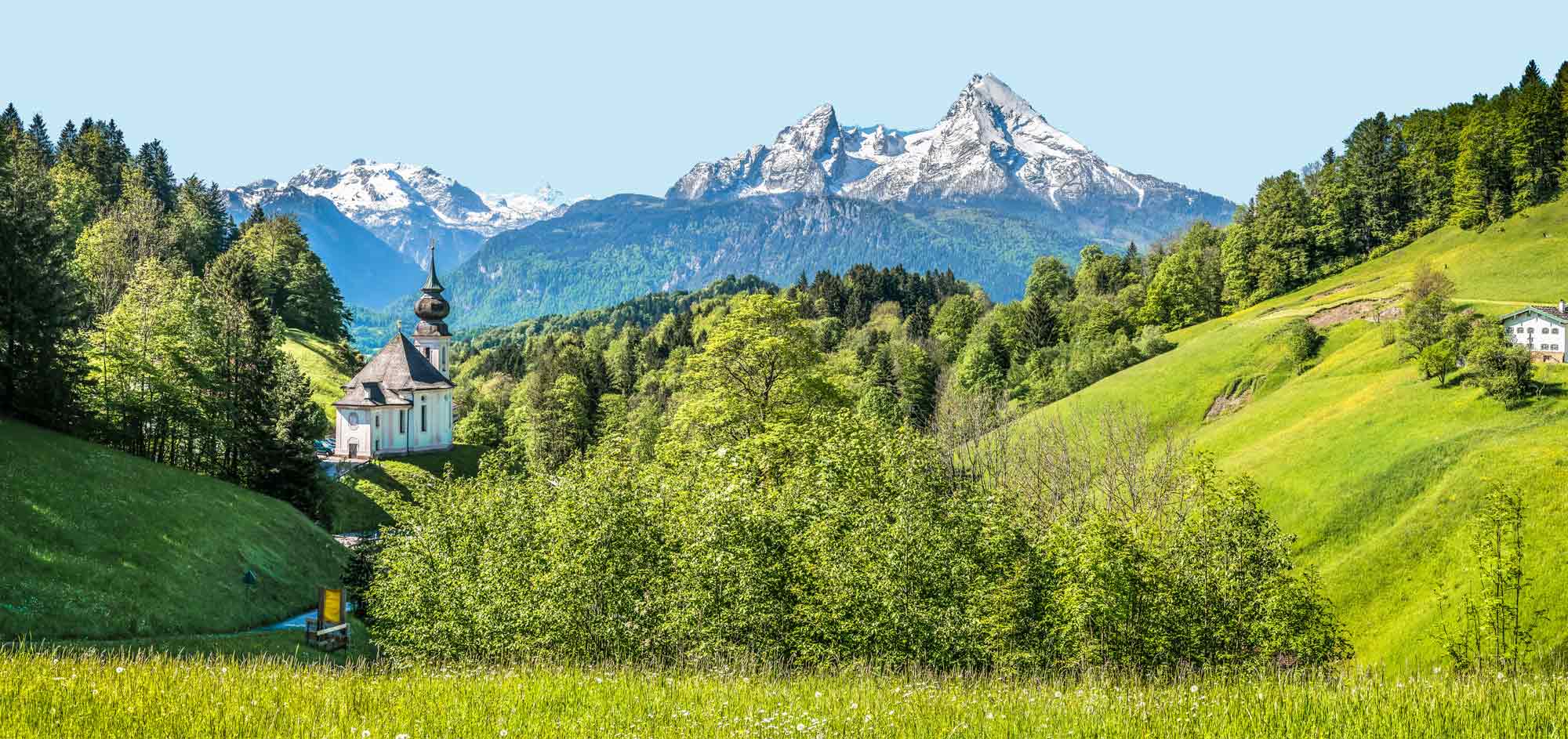Prototype:
Before the Furka Base Tunnel was completed in 1982, all trains between Brig and Andermatt had to be routed over the Furka mountain route. Since avalanches regularly went off in winter, the catenary masts were dismantled in sections in late autumn on the route that was electrified from 1942 and rebuilt after about seven months. In order to avoid the dismantling of the line after the base tunnel between Realp and Oberwald was put into operation, railway enthusiasts founded the Furka Mountain Line Association in 1983 and the Furka Mountain Line AG Steam Railway (DFB) as a sponsoring association in 1985. Some of the 2,000 members of the association toiled on a voluntary basis while building tracks on the mountain and in the tunnels, while many others made it possible to continue the work with donations. The line had to be extensively rehabilitated before operations could be resumed in sections from 1992. The operation takes place with cogwheel steam locomotives, two of which were bought back from Vietnam and refurbished to work. Other cogwheel steam locomotives survived in Switzerland. In addition to two-axle vehicles, the DFB also has several particularly elegant four-axle platform wagons for operation with the steam locomotives. The three ESU prototypes were originally procured by SBB for the Brünigbahn. After retiring from operational service, the cars were sold to other railways or, after modifications, were used as railroad service vehicles. With painstaking detailed work and with the help of spare parts donors, the association succeeded in making the four-axle vehicles fit for museum operation on the cogwheel route again. Since then, the cars have been promoting a journey into the past on the Furka mountain route in elegant cobalt blue paint.
Model:
